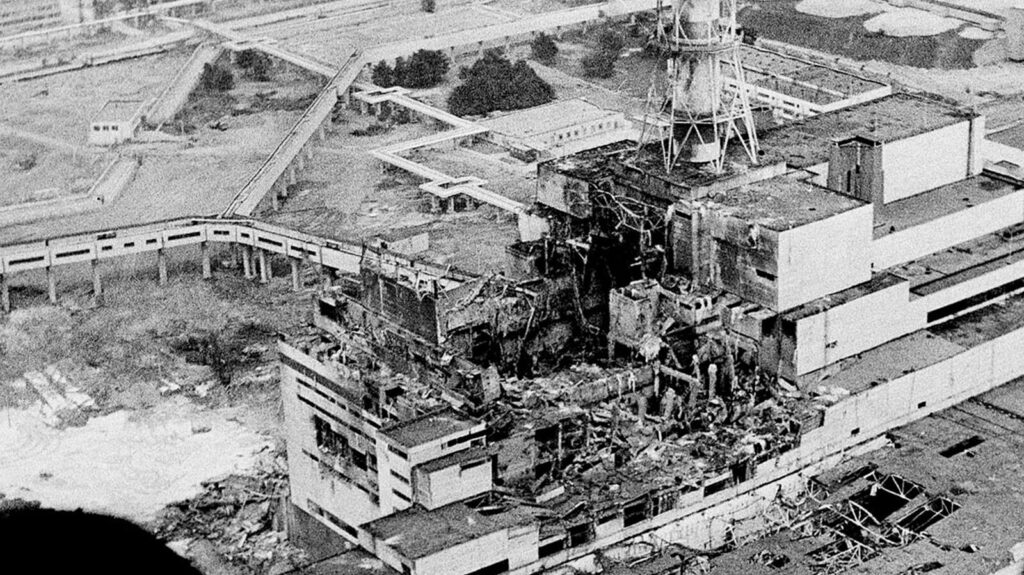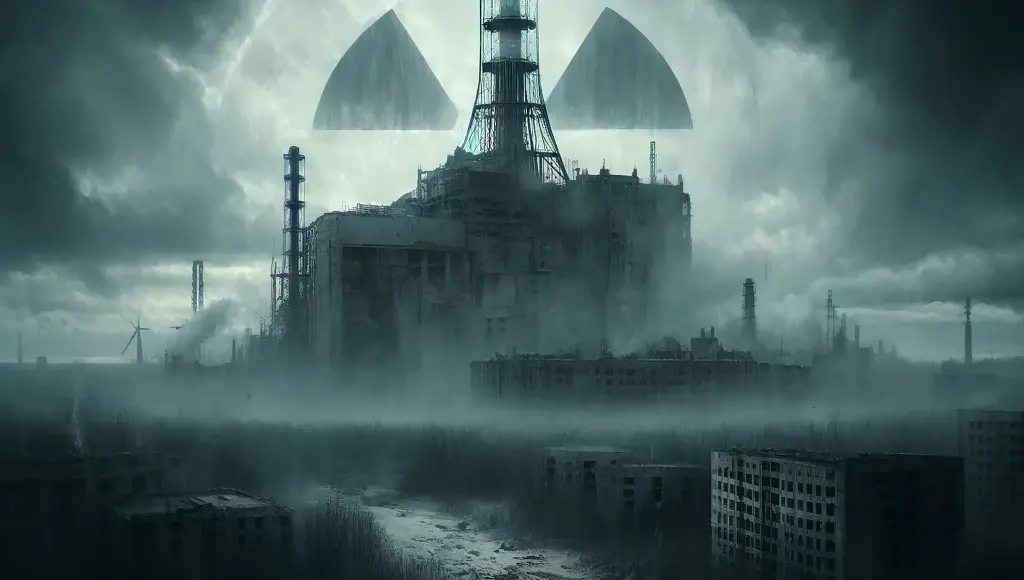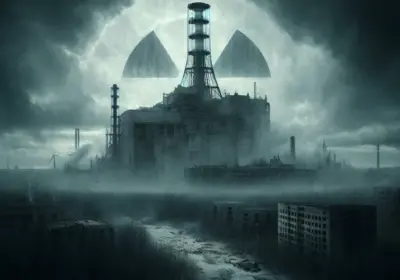On April 26, 1986, one of the most catastrophic nuclear accidents in history unfolded at the Chernobyl Nuclear Power Plant in the Ukrainian SSR, then part of the Soviet Union. The uncontrolled release of radiation during this disaster prompted a global reassessment of nuclear safety standards.

Causes of the Disaster
The Chernobyl disaster occurred during an experimental test. The catastrophe was primarily due to design flaws in the reactor and operational errors by the testing team. The RBMK reactor type used at Chernobyl had significant shortcomings, including the configuration of control rods and an inadequate emergency cooling system. Additionally, the plant operators conducted the test beyond the reactor design’s safety limits and lacked adequate training, which made the disaster inevitable.
The Moment of the Accident and Its Immediate Aftermath
During the test, the reactor’s power unexpectedly surged, leading to an explosive increase in heat and pressure that blew the reactor apart. This explosion released massive amounts of radioactive materials into the environment. Immediately following the accident, the surrounding area was evacuated, but by then, the spread of radiation had already reached a vast area extending thousands of kilometers.
Environmental and Human Impact
The Chernobyl disaster had profound environmental and human impacts. Radiation negatively affected plant, animal, and human life in the region. In the aftermath, significant increases in thyroid cancers and other health issues were reported among the population exposed to the fallout, particularly children who absorbed high levels of radioactive iodine. The environment around the Chernobyl area continues to suffer from the long-term presence of contaminants, which have entered the food chain and will persist for many generations.
Long-Term Consequences and Global Response
The long-term consequences of the Chernobyl disaster have been extensive. Economically, the cleanup and containment efforts, including the construction of the massive sarcophagus to encase the reactor, cost billions of dollars. The disaster also led to significant resettlement of populations from the contaminated areas, creating a socio-economic strain on affected communities and individuals.
Globally, the Chernobyl accident prompted a reevaluation of nuclear safety and policies. Many countries reviewed their nuclear power plant safety protocols and increased their focus on nuclear disaster preparedness. The disaster also catalyzed a global discussion on the role of nuclear energy in future power generation, with some countries scaling back their nuclear programs.
Reflections and Lessons
The Chernobyl disaster serves as a stark reminder of the potential dangers associated with nuclear power. It highlights the necessity for stringent safety protocols, proper training for nuclear personnel, and the importance of regulatory oversight. Moving forward, the lessons from Chernobyl underscore the need for a culture of safety that prioritizes the well-being of the environment and public health over technological advances or energy demands.
As we continue to explore and expand our energy resources, Chernobyl remains a critical lesson in the importance of balancing human technological capability with the responsibility of safeguarding our planet and its inhabitants.
You can find more articles like this here.










